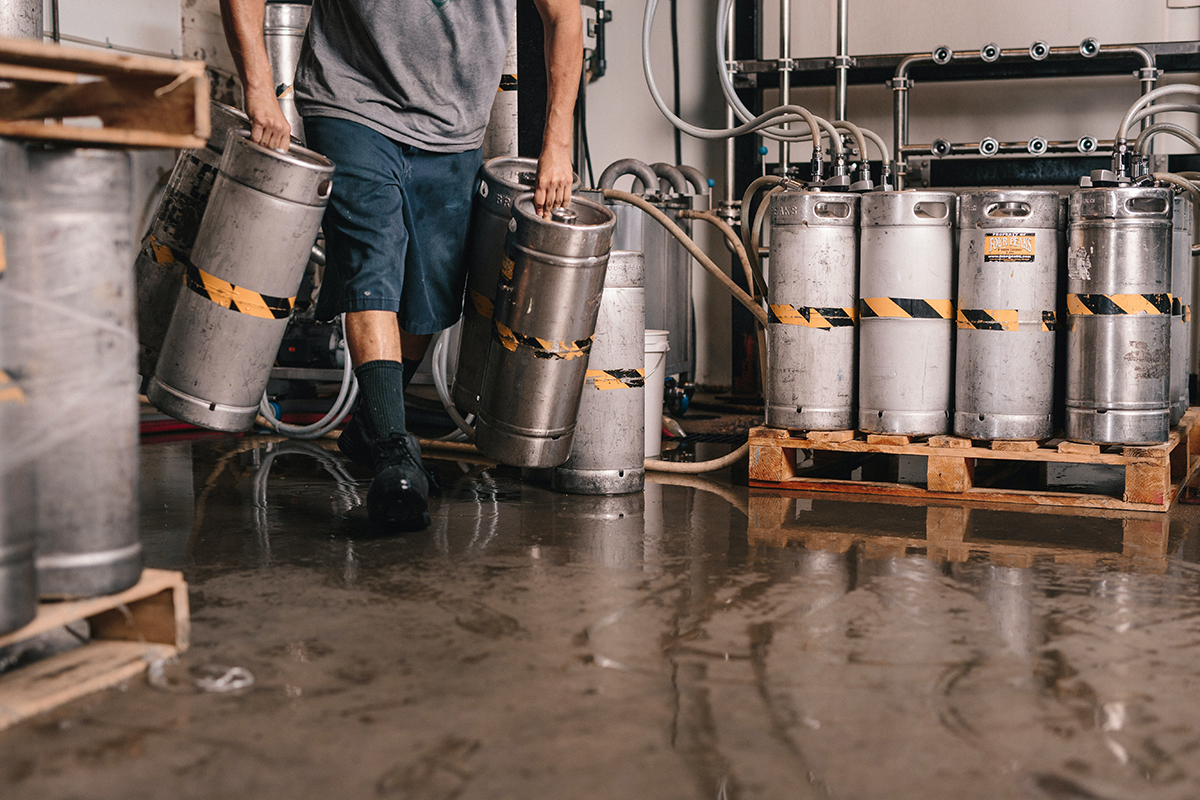
Lifting heavy objects is one of the leading causes of injury in the workplace. But you don’t have to be The Rock to ensure that you don’t get hurt while lifting. You simply must make sure that you use the proper techniques, so you don’t pull a muscle, throw something out of alignment or dislodge a disc. Back injuries and other injuries around your shoulders and core are no joke. They can take a long time to recover from and impede full movement for weeks, months, and even years. Improper lifting can also contribute to injuries in the wrist, elbow, spine, shoulder, neck, and even head. Here are some proper lifting techniques to use so you don’t injure yourself.
Try the load first.
If it’s labeled with a weight, determine whether you can lift that much. Try to limit the weight you lift to no more than 50 pounds. Remember that lifting from the floor or low shelf puts more strain on your knees and back. For example, lifting a 25-pound box from the floor requires about 700 pounds of back muscle force, even when you bend your knees. If it’s too bulky or heavy, get help from a coworker or use a forklift or dolly. Awkwardly shaped objects, like long pipes or boards or large boxes, can be particularly tricky, even if they’re not super heavy,
Avoid bending or twisting.
Don’t lift items that require you to stretch or bend to reach it. Redesign the work area and rearrange objects so the items you must lift are closer to your body and at waist height. Keep your back straight and lift with your legs, keeping the load as close to your body as possible. The safest height to lift a heavy object from is waist height. Don’t twist or turn your spine while you carry the load. Carrying items on one shoulder, under one arm, or in one hand can put uneven pressure on the spine.
Remove obstacles.
Before you lift, check to see that your pathway is clear of tripping and slipping hazards while you’re carrying it. Plan your route and remove any obstacles, including any slippery spills. Make sure you can see in front of you as you carry the object, and again, don’t hesitate to ask for help or use a mechanical assist, such as a hoist, cart, or conveyor to help you.
Be careful with a back belt.
A back belt seems like a great idea and some employers require them as part of your personal protective equipment (PPE), but they’ve still not been proven to be effective. Some experts said that they give workers a sense of false confidence while weakening the muscles needed to lift heavy objects. Instead of relying on a back belt, the National Institute for Occupational Safety and Health recommends that employers reduce hazards and improve worker training.
Apply Now for High Desert Jobs
Are you ready to ready to use your skills and experience to build a better future? Contact us today and let us help you find the right fit. We take care of the tough tasks that go into finding your next career opportunity.
Click here to fill out our general application today!


